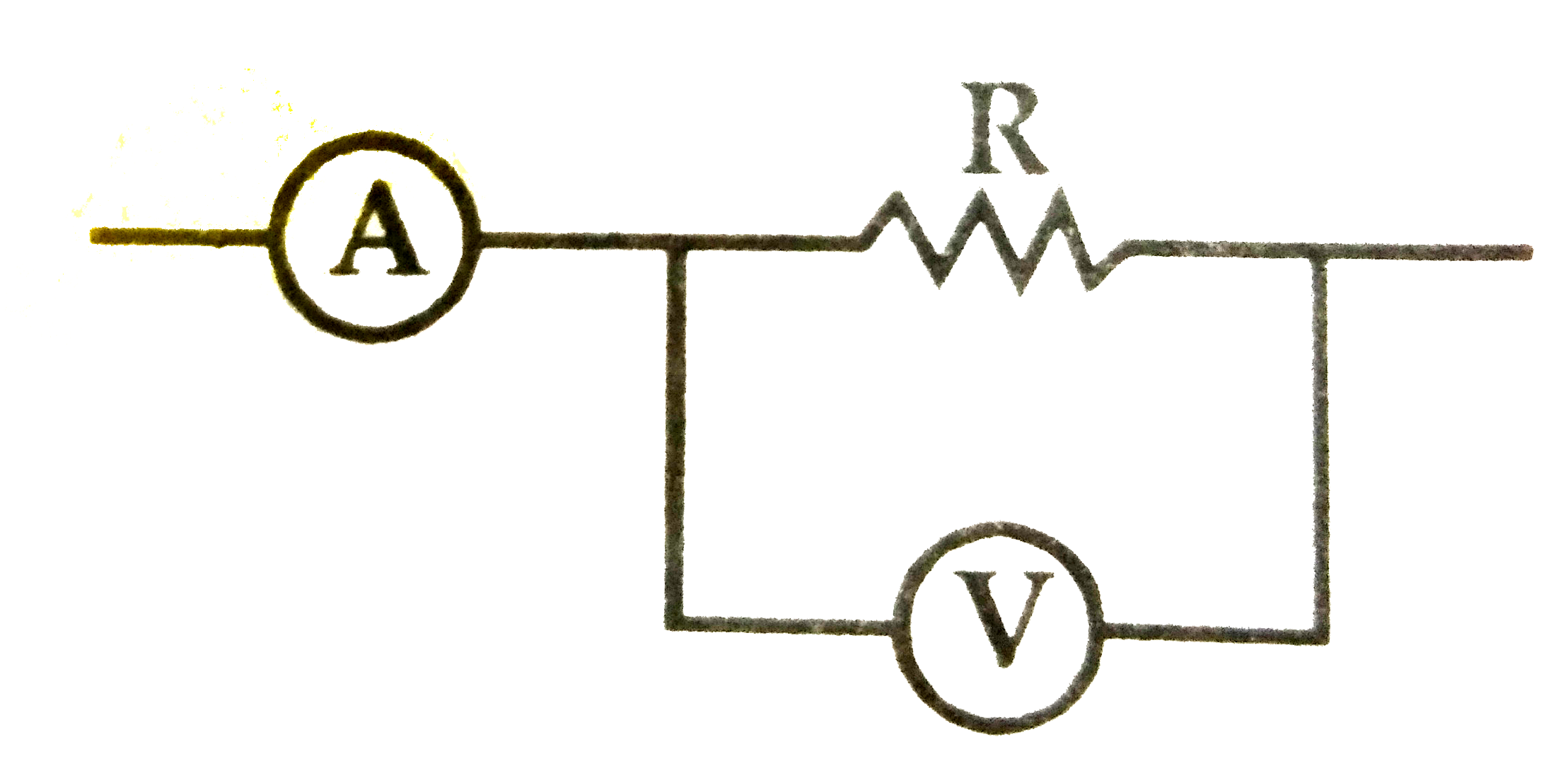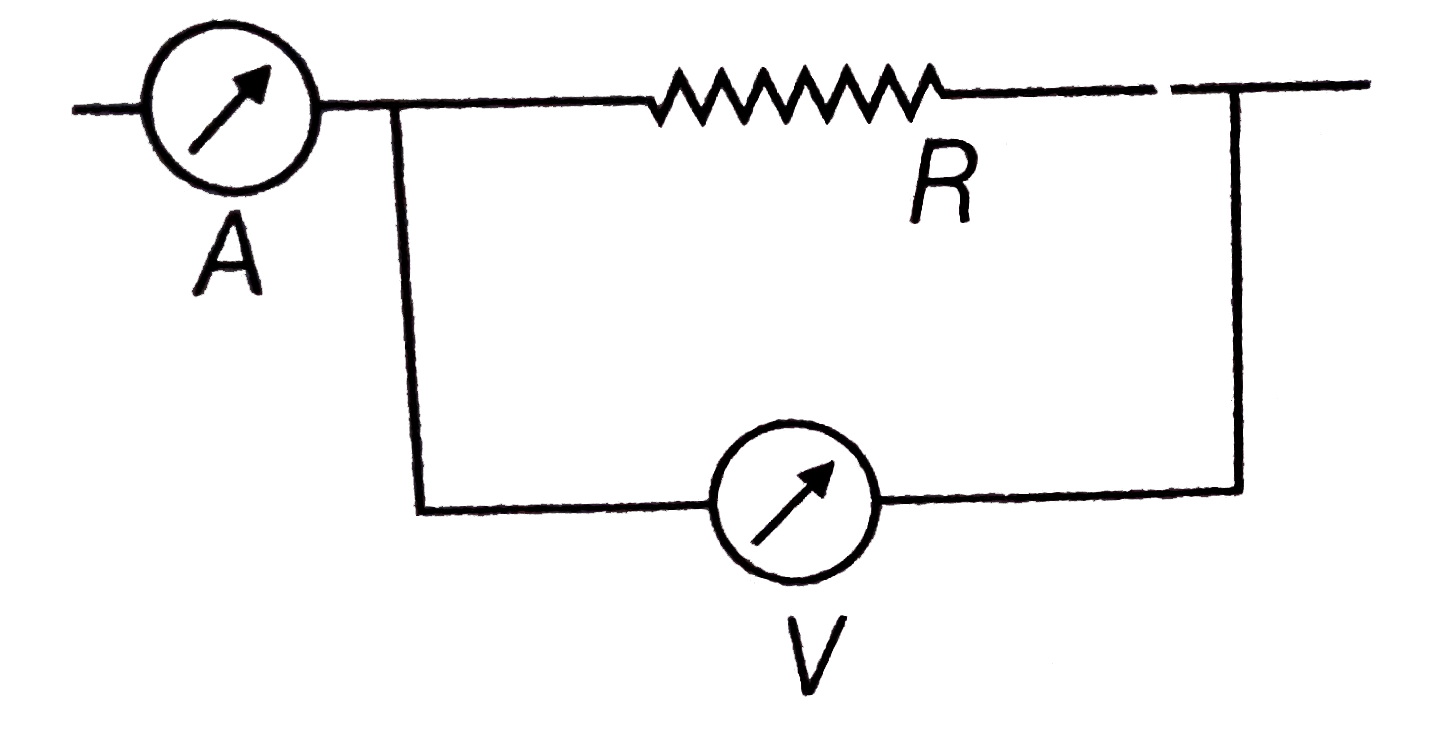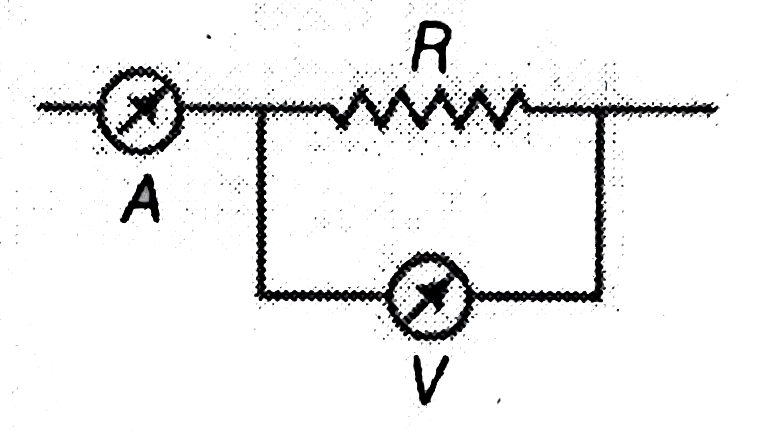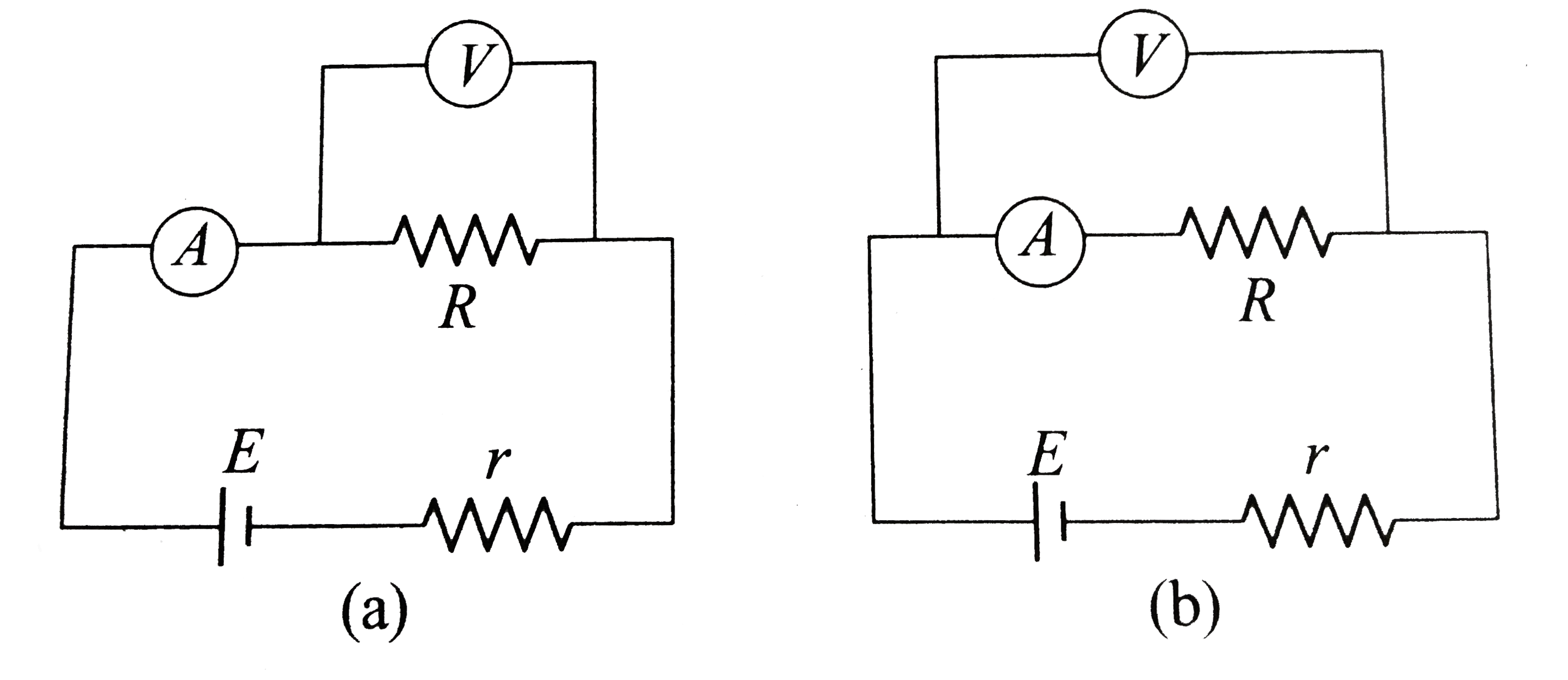Assertion (A): In Ohm's law experiment, the reading of voltmenter and ammeter are 13.5V and 0.40A respectively, then the measured computed value of R is 33.75Ω upto correct SD's
Reason(R ): The reliability in computed value can not be more than the reliability in measured values.
If both assertion and reason are true and the reason is the correct explantion of the assertion.
If both assertion and reason are true and the reason is not the correct explantion of the assertion.
If assertion is true but reason is false.
If assertion is false but reason is true.
The correct Answer is:D
Step by step video, text & image solution for Assertion (A): In Ohm's law experiment, the reading of voltmenter and ammeter are 13.5V and 0.40A respectively, then the measured computed value of R is 33.75Omega upto correct SD's Reason(R ): The reliability in computed value can not be more than the reliability in measured values. by Physics experts to help you in doubts & scoring excellent marks in Class 12 exams.
Updated on:21/07/2023Topper's Solved these Questions
- EXPERIMENTAL PHYSICSBOOK - NARAYNACHAPTER - EXPERIMENTAL PHYSICSEXERCISE - Level-v(Single answer)
23 Videos
- EXPERIMENTAL PHYSICSBOOK - NARAYNACHAPTER - EXPERIMENTAL PHYSICSEXERCISE - Multiple answer
6 Videos
- ELECTROSTATICS AND GAUSS LAWBOOK - NARAYNACHAPTER - ELECTROSTATICS AND GAUSS LAWEXERCISE - Intergers type question
11 Videos
- MAGNETISMBOOK - NARAYNACHAPTER - MAGNETISMEXERCISE - LEVEL-II (H.W)
24 Videos
Similar Questions
In Ohm's law experimental verification, the reading of voltage and resistance are (120±5)V and (2±0.1)Ω respectively. What is the percentage error in the value of current obtained?
View SolutionIn given figure an ammeter reads 5 A and voltmeter reads 40 V. The actual value of resistance R is

View Solution
Knowledge Check
In the adjoining circuit diagram, the readings of ammeter and voltmeter are 2 A and 120 V, respectively. If the value of R is 75Ω, then the voltmeter resistance will be
 A100ΩB150ΩC300ΩD75Ω
A100ΩB150ΩC300ΩD75ΩFor the adjoining circuit diagram, the readings of ammeter and voltmeter are 2A and 120 V respectively. If the value of R is 75Ω, then the voltmeter resistance will be
 A100ΩB150ΩC300ΩD75Ω
A100ΩB150ΩC300ΩD75ΩAssertion(A): In Ohm's law experiment potential drop across a resistance wire was measured as 5.0V and current was measured as 2.00A. The maximum permissible error in resistance is ±25%
Reason(R ): In experiment of assertion the least count of ammeter is 0.01A.ABoth assertion and reason are true and the reason is the correct explanation of the assertion.BBoth assertion and reason are true but the reason is not the correct explanation of the assertion.CAssertion is true but reason is false.DAssertion is false but reason is true.
In the adjacent circuit the ammeter reads 5.0 A and voltmeter reads 20V. The value of resistance R is

View SolutionConsider the two circuits P and Q, shown below, which are used 20 measure the unknown resistance R.

In each case, the resistance is estimated by using Ohm's law Rest=V/I, Where V and I are the readings of the voltmeter and the ammeter respectively. The meter resistances, Rv and RA are such that RA<<R<<Rv. The internal resistance of the battery may be ignored. The absolute error in the estimate of the resistance is denoted by δR=|R=Rest|.
View SolutionIn the circuit shown below, the ammeter A reads 5 A and the voltmeter V reads 20 V The correct value of resistance R is

View SolutionAn ammeter of resistance 1.5 Ω can measure currents upto 1 A. The value of shunt resistance to measure current upto 4 A is
View SolutionThe value of resistance of an unknown resistor is calculated using the formula R=V/I where V and I are the readings of the voltmeter and the ammeter, respectivley. Consider the circuits below. The internal resistances of the voltmeter and the ammeter (RVandRG,respectively) are finite and nonzero.
 ,
,
Let RAandRB be the calculated values in the two cases A and B , respectively.
If the resistance of voltmeter is RV=1kΩ and the percentage error in the measurement of R (the value of R is nearly 10Ω)is
View Solution
